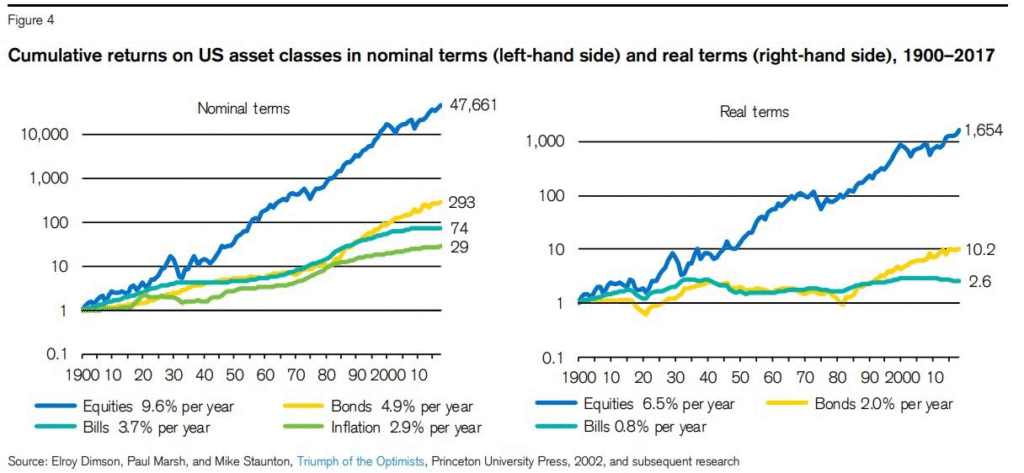Economic downturns—whether recessions, credit crunches, or market corrections—test investor discipline. While volatility rises and sentiment sours, the best investments during an economic downturn prioritize capital preservation, reliable income, and strategic opportunism. In 2025, with elevated debt levels, tighter credit conditions, and fragile consumer confidence, resilience comes from owning assets with strong balance sheets, inelastic demand, and contractual cash flows.
Top Investments for Downturn Resilience
- High-Quality Short-Duration Bonds
U.S. Treasury securities and investment-grade corporate bonds with maturities of 1–3 years offer 4.8–5.5% yields with minimal interest rate or credit risk. During downturns, investors flock to safety—often driving bond prices higher and providing both yield and capital appreciation. TIPS (Treasury Inflation-Protected Securities) add inflation protection if price pressures persist. - Defensive Dividend Stocks with Pricing Power
Companies in healthcare, utilities, and consumer staples—especially “Dividend Aristocrats” with 25+ years of payout growth—tend to outperform. Their products (prescriptions, electricity, groceries) are essential, ensuring stable cash flows even when consumers cut discretionary spending. Look for firms with low debt, strong free cash flow, and a history of raising dividends through past recessions. - Private Real Assets with Long-Term, Inflation-Linked Leases
For accredited investors, select real estate and infrastructure assets provide uncorrelated, recession-resilient income:- Medical office buildings (backed by aging demographics and insurance reimbursement)
- Logistics warehouses with e-commerce or government tenants
- Midstream energy infrastructure with fee-based, take-or-pay contracts
These often deliver 5–7% net annual cash flow with low sensitivity to consumer sentiment.
Opportunistic Moves: Buying Quality on Sale
Downturns also create rare entry points:
- High-quality equities with strong balance sheets often sell off indiscriminately—creating attractive valuations.
- Distressed private credit or discounted real estate debt can offer 8%+ risk-adjusted returns for those with dry powder and expertise.
At ValueFinity, we historically deploy capital during downturn troughs into assets with durable cash flows—such as data centers or energy terminals—when seller distress creates pricing dislocations.
- Cyclical sectors: Autos, luxury goods, travel, and speculative tech typically suffer deepest.
- High-yield (junk) bonds: Default risk spikes in downturns; spreads widen sharply.
- Leveraged positions: Margin calls and forced selling amplify losses when liquidity dries up.
Conclusion
The best investments during an economic downturn aren’t about predicting the bottom—they’re about preparing for it. By anchoring your portfolio in quality, income, and real assets, you protect capital while positioning to capitalize on dislocations when others are forced to sell.
For institutional-grade strategies designed to navigate economic stress with resilience and opportunity, visit valuefinity.com or reach us at Capital@valuefinity.com .




